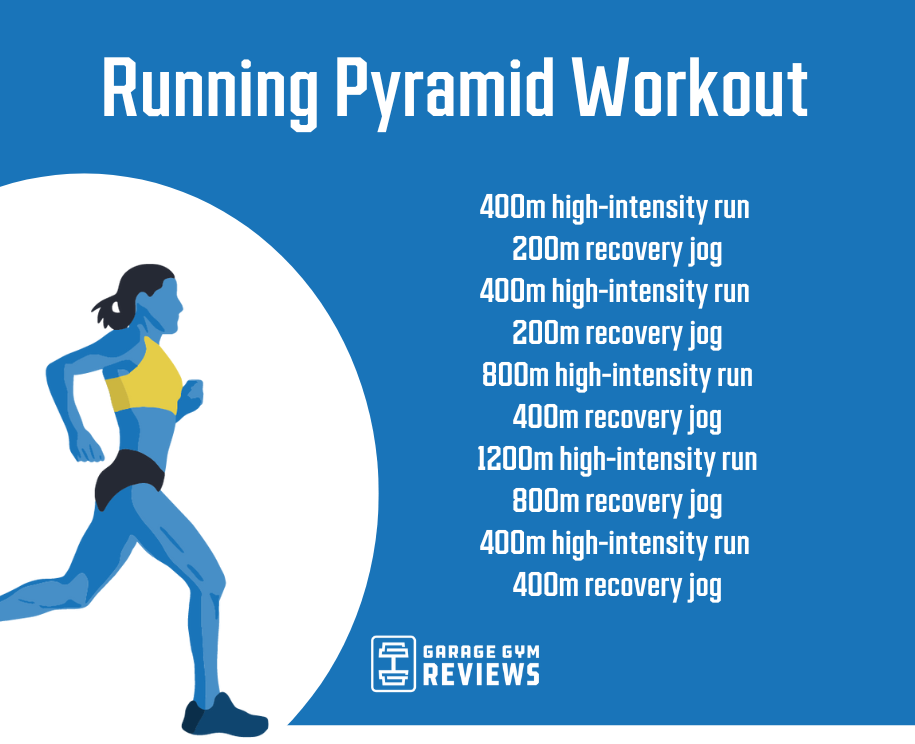Taking Care Of Usual Running Discomforts: Causes, Solutions, and Prevention
As runners, we commonly come across numerous discomforts that can hinder our performance and pleasure of this physical activity. By checking out the root reasons for these running pains, we can uncover targeted solutions and preventive measures to ensure a smoother and more fulfilling running experience.
Common Running Discomfort: Shin Splints
Shin splints, an usual running discomfort, usually arise from overuse or inappropriate footwear during exercise. This problem, clinically recognized as medial tibial tension syndrome, manifests as discomfort along the internal edge of the shinbone (tibia) and is widespread amongst athletes and runners. The recurring stress and anxiety on the shinbone and the cells connecting the muscles to the bone leads to swelling and pain. Runners that quickly enhance the strength or period of their workouts, or those that have level feet or improper running techniques, are specifically vulnerable to shin splints.
To stop shin splints, individuals must gradually enhance the strength of their exercises, wear suitable shoes with correct arch support, and preserve versatility and toughness in the muscles surrounding the shin. If shin splints do happen, first therapy involves rest, ice, compression, and elevation (RICE) Furthermore, including low-impact tasks like swimming or biking can help maintain cardiovascular physical fitness while permitting the shins to recover. Relentless or severe cases may require medical examination and physical treatment for reliable monitoring.
Common Running Discomfort: IT Band Disorder
In enhancement to shin splints, one more common running pain that athletes often encounter is IT Band Disorder, a problem triggered by inflammation of the iliotibial band that runs along the external upper leg and knee. IT Band Syndrome generally manifests as discomfort on the exterior of the knee, particularly during tasks like running or biking. The iliotibial band is a thick band of fascia that connects the aware of the shin, and when it becomes swollen or limited, it can rub versus the thigh bone, resulting in pain and discomfort.
Runners experiencing IT Band Disorder might discover a painful or hurting sensation on the external knee, which can aggravate with continued task. Aspects such as overuse, muscle inequalities, incorrect running form, or poor warm-up can add to the advancement of this condition. To avoid and minimize IT Band Syndrome, joggers should concentrate on stretching and reinforcing exercises for the hips and upper legs, proper shoes, gradual training development, and dealing with any kind of biomechanical problems that might be intensifying the trouble. Neglecting the symptoms of IT Band Syndrome can lead to chronic concerns and prolonged recuperation times, emphasizing the value of early intervention and correct management methods.
Common Running Discomfort: Plantar Fasciitis

Plantar Fasciitis can be credited to different aspects such as overtraining, inappropriate shoes, working on tough surface areas, or having high arcs or level feet. To avoid and relieve Plantar Fasciitis, joggers can include extending workouts for the calf bones and plantar fascia, put on helpful shoes, preserve a healthy weight to see post decrease strain on the feet, and gradually increase running strength to stay clear of abrupt stress and anxiety on the plantar fascia. If signs and symptoms continue, it is suggested to seek advice from a health care professional for proper medical diagnosis and therapy choices to attend to the condition effectively.
Common Running Discomfort: Jogger's Knee
After dealing with the challenges of Plantar Fasciitis, another widespread problem that runners often encounter is Jogger's Knee, a typical running pain that can prevent athletic efficiency and cause pain during exercise. Jogger's Knee, likewise referred to as patellofemoral discomfort syndrome, manifests as discomfort around or behind the kneecap. This condition is often connected to overuse, muscle mass imbalances, inappropriate running methods, or problems with the placement of the kneecap. Runners experiencing this discomfort may really feel a boring, hurting pain while running, going up or down stairways, or after prolonged durations of sitting. To protect against Runner's Knee, it is critical to integrate correct warm-up and cool-down regimens, preserve solid and balanced leg muscular tissues, wear proper footwear, and slowly increase running intensity. If signs and symptoms continue, looking for guidance from a medical care professional or a sporting activities medication specialist is suggested to detect the underlying cause and create a customized treatment strategy to alleviate the pain and protect against further issues.
Usual Running Discomfort: Achilles Tendonitis
Commonly afflicting runners, Achilles Tendonitis is an agonizing problem that influences the Achilles ligament, creating pain and potential limitations in exercise. The Achilles tendon is a thick band of tissue that connects the calf muscles to the heel bone, important for tasks like running, jumping, and walking - Source. Achilles Tendonitis commonly creates due to overuse, incorrect footwear, insufficient extending, or abrupt rises in exercise
Symptoms of Achilles Tendonitis include pain and stiffness along the tendon, particularly in the morning or after periods of lack of exercise, swelling that aggravates with task, and perhaps bone stimulates in persistent situations. To avoid Achilles Tendonitis, it is necessary to extend properly before and after running, put on appropriate shoes with correct assistance, progressively boost the strength of exercise, and cross-train to decrease repeated tension on the tendon. Treatment might entail remainder, ice, compression, elevation (RICE protocol), physical therapy, orthotics, and in extreme instances, surgical procedure. Early treatment and appropriate care are crucial for taking care of Achilles Tendonitis properly and protecting against long-lasting issues.
Final Thought
